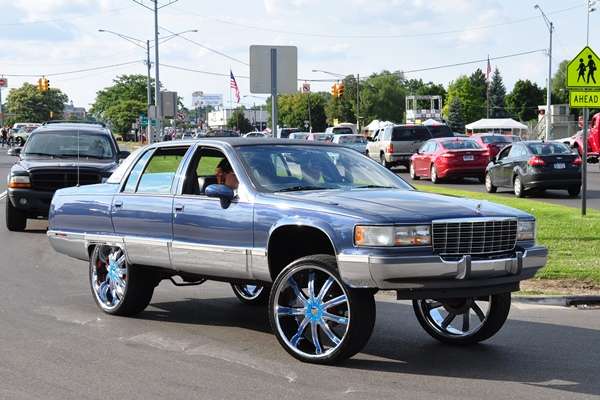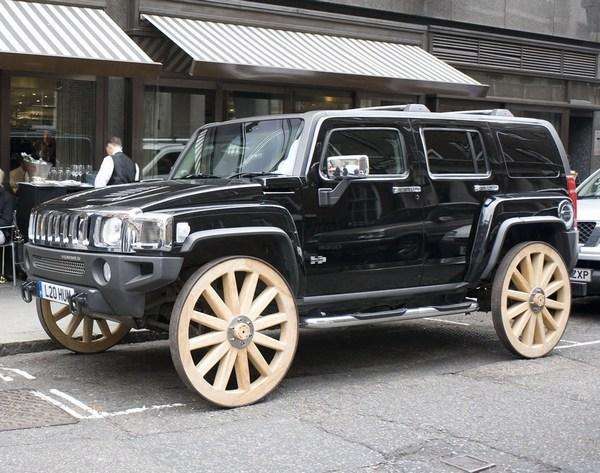I'll have a crack at bringing things back on topic . This is my opinion on the main reasons cars are now so heavy (not in any order):
1. Large alloy wheels are very popular and very heavy. Ironically, alloy wheels were initially made to be lighter but then when people started styling them, they became heavier than the steel wheels they replaced.
which got me thinking about the weight of wheels. Does any one know the weight of a F1 wheel and/or a le mans LMP1 wheel? Also does any one know the weight of a wheel of a road car derived race car eg WRC car or BTCC/WTCC car? Also have the weight of these wheels changed much over the years? And also any ideas what kind of materials they are made from?
Many Thanks































